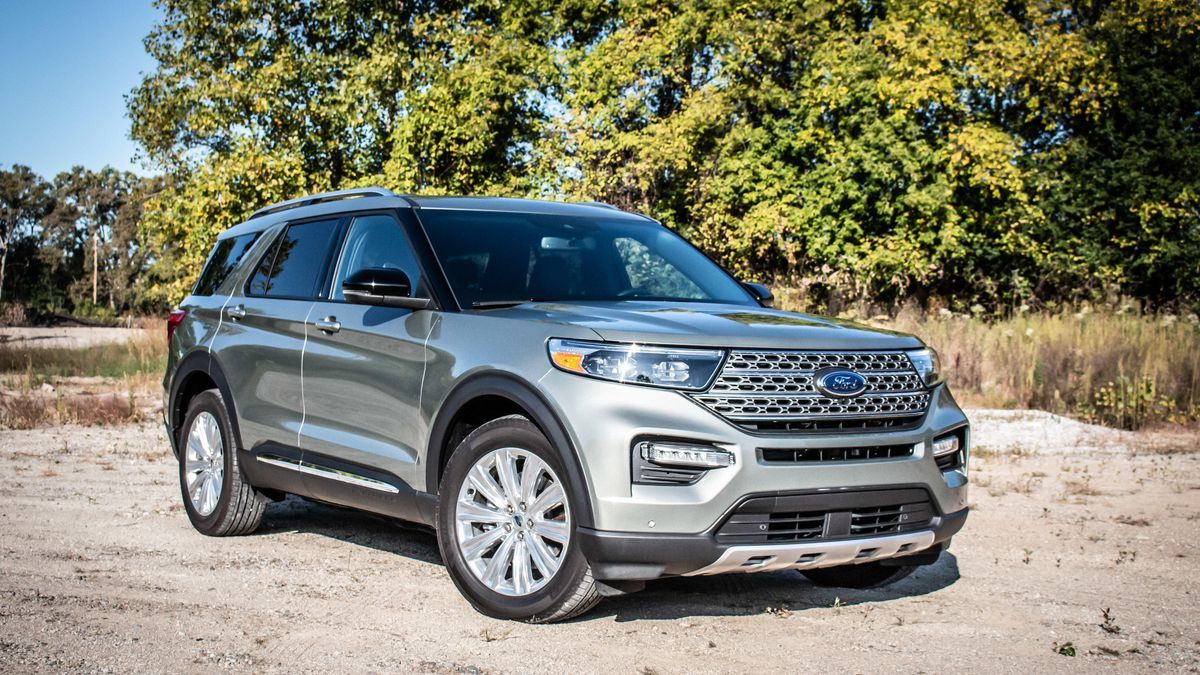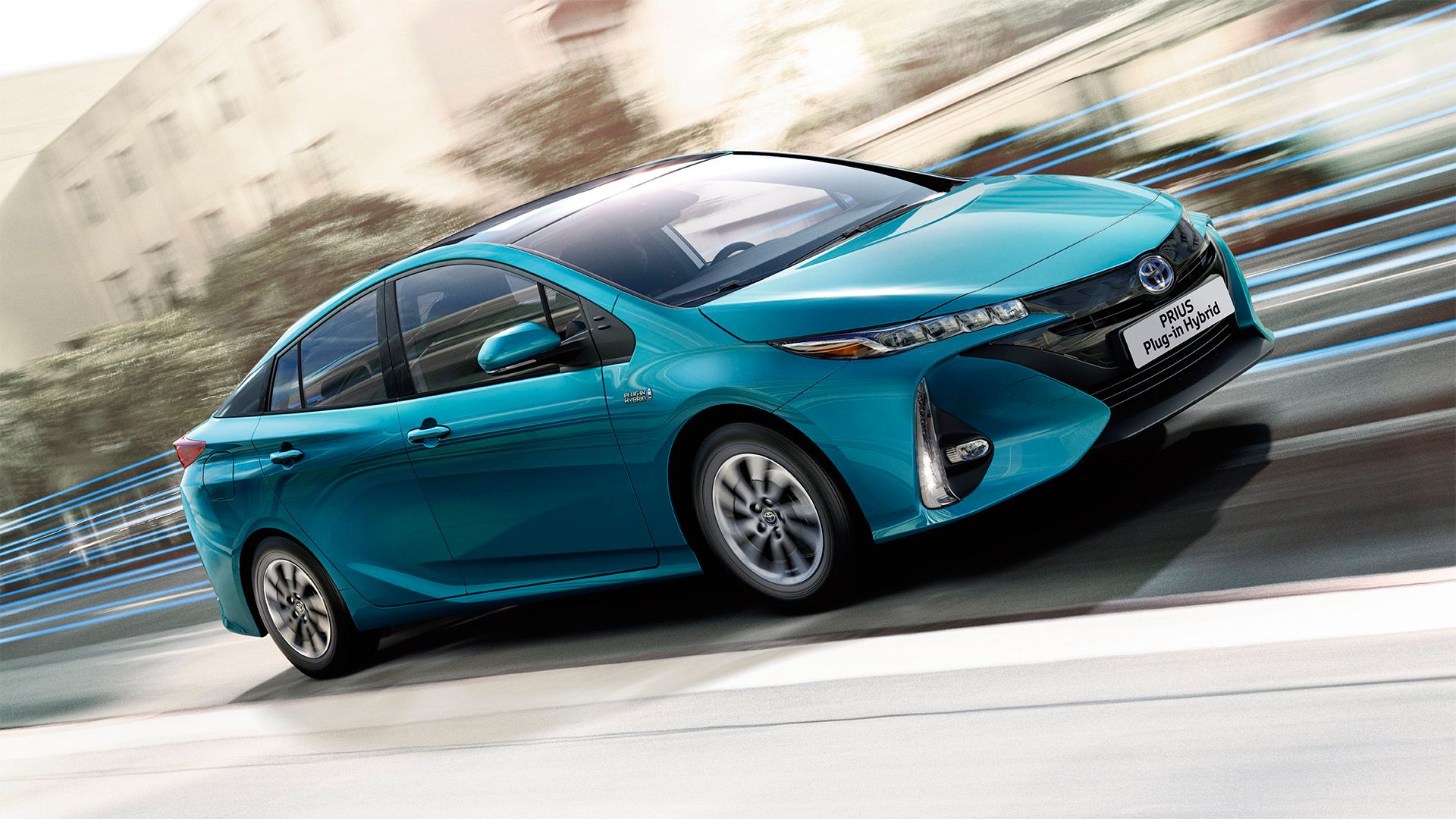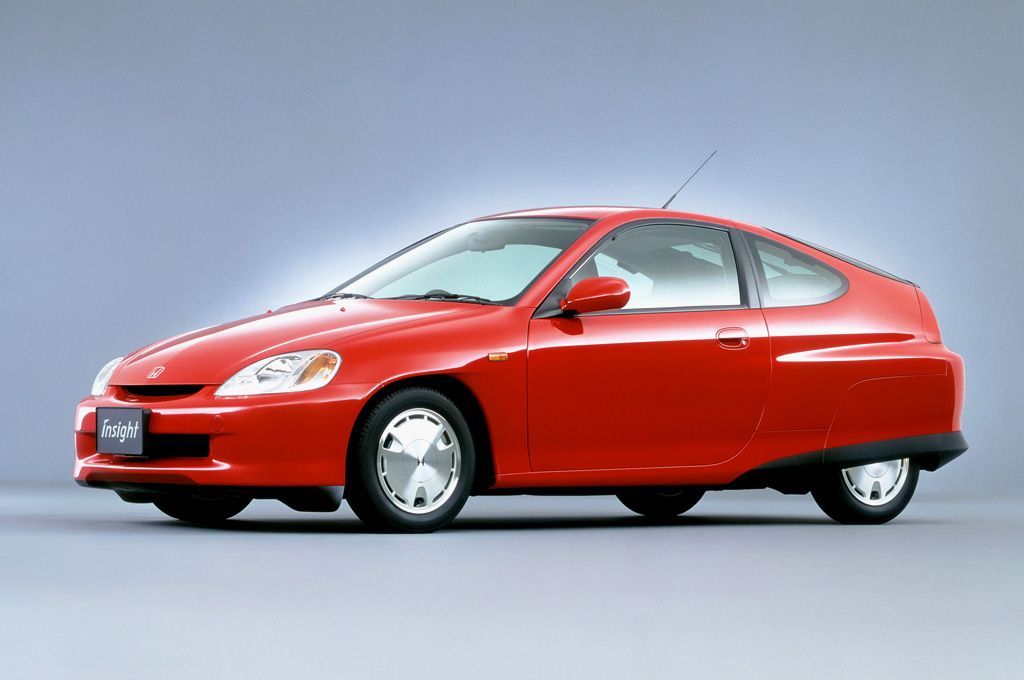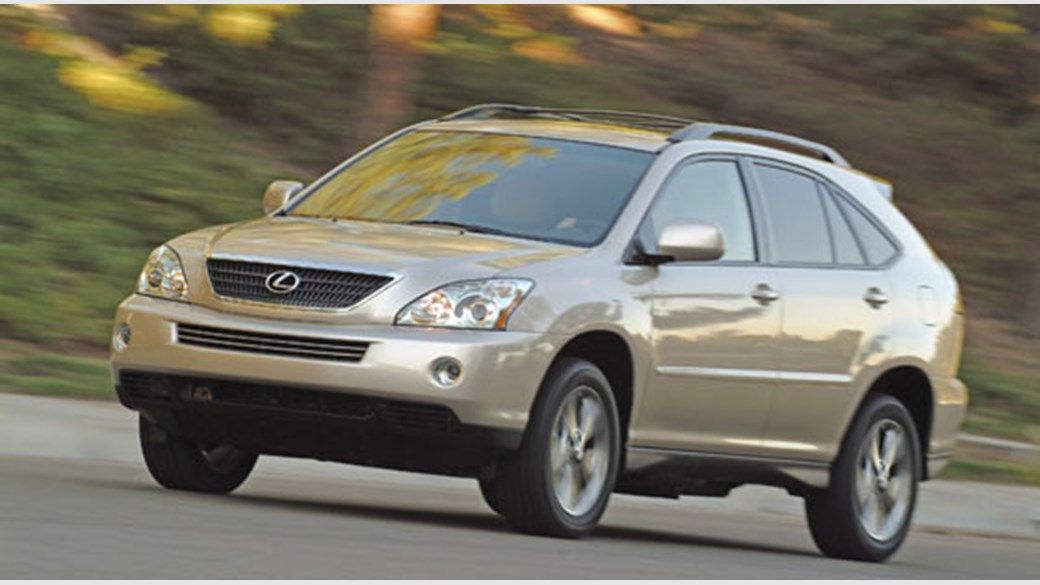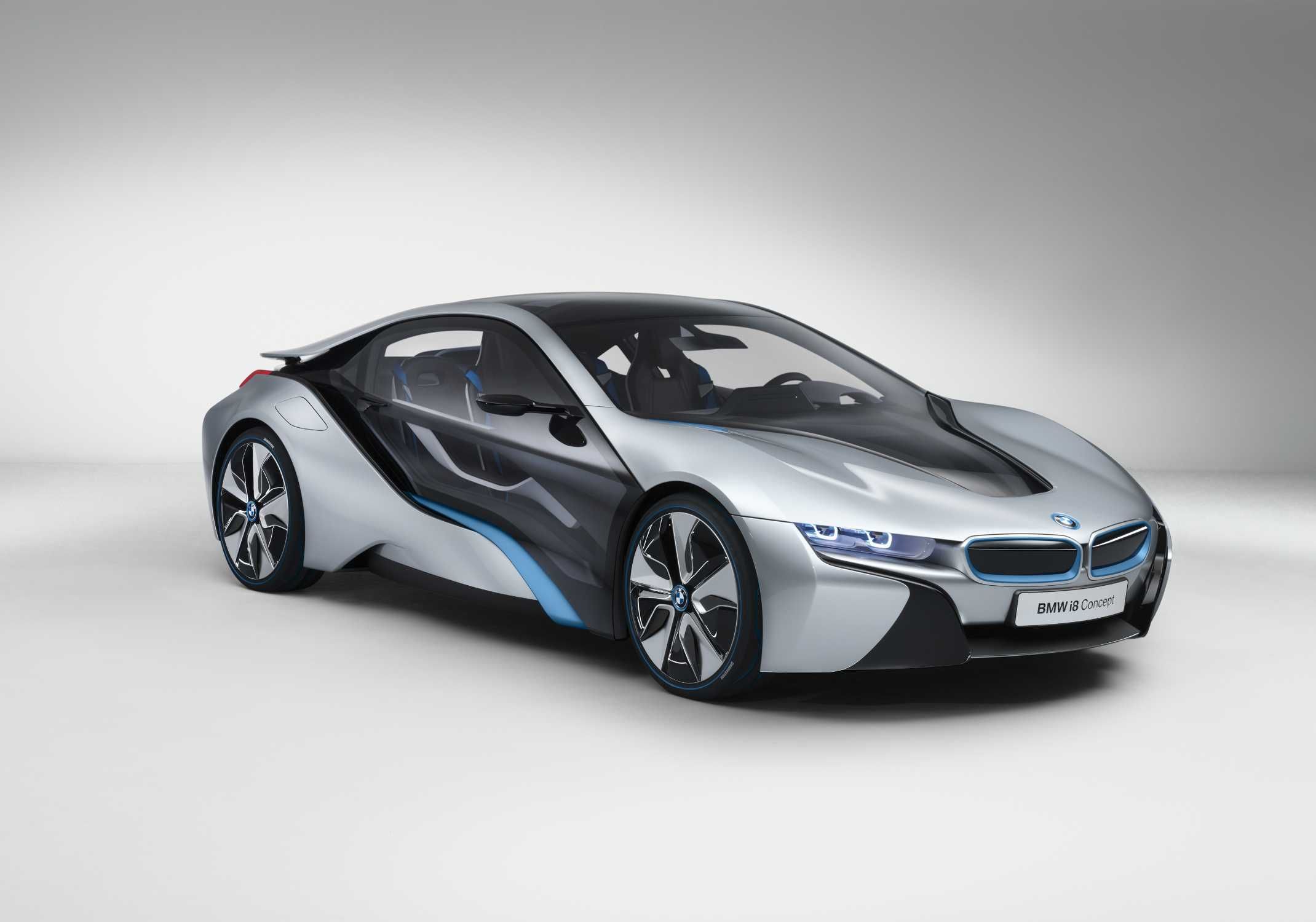We are by now all aware of what hybrid means when we are talking about cars – the word has entered our lexicon and has become a synonym for efficiency and economy. Part EV, part ‘normal’ car, the designation which was once a status symbol for the climate-conscious has now lost some of the exclusivity it had at its peak, around the launch of the Prius through the first decade of the 21st century. Now they’re more or less everywhere. Like solar panels.
I’m sure you know by now – but if you don’t – hybrids are in a nutshell an attempt to improve fuel economy and sustainability. Also sell more cars. Sounds simple right, and surely, it is a good thing. So, end of story. Well, maybe not quite.
Hybrid designs have moved on quite a bit from the futuristic Gen-1 Honda Insights and Toyota Priuses. You will be hard-pressed now to spot one from the outside. They look like any other car – because they are any other car - just with a battery and motor and some other bits added to the drivetrain. But if you look carefully, you will be able to see the badge adorning the car somewhere.
Old School Cool
Something has changed – the type of cars that are now part of the hybrid class. Initially, there were a few normal cars that were converted to be hybrids, but none that were as mass-produced and successful as the Honda Insight and Toyota Prius. These cars were designed to be light so as to increase fuel economy but, also because with less weight to move around the power outputs could be smaller, so smaller engines. You get the picture. Aerodynamics was a consideration to save even more fuel, the Insight getting a better drag-coefficient (0.25) than the Prius’ 0.29. To put this in perspective, a Hummer H2 from 2003 got 0.57. A Tesla Model 3 from 2017 gets 0.23.
The Prius and Insight didn't consume fuel so much as sipping it, coming as they did with a 1.5-liter and 1-liter engine, respectively. So, the recipe seemed to be simple: take a mid-size platform, make it light, slippery, add a small engine, and sprinkle with electric power from a small motor and battery. Nice!
Well, it wasn’t like this philosophy was universally accepted by all – the Prius, for example, garnered negative press around its looks and performance, but this was offset a bit by its adoption by a few well-known people, for example, Leonardo DiCaprio, Tom Hanks, and Madonna. There were others too.
All Grown Up
Moving on two decades, things have evolved a fair bit. You could say the hybrid has grown up and left home, for the city, in search of bigger and better things and becoming more serious with age. Now, almost every manufacturer includes hybrids in their model range. Some cars are available in multiple versions – you can get gasoline, hybrid, and fully electric versions of a Volkswagen Golf for example. At least, you could until the Golf E became the ID.3. The thing is cars have all got heavier over 20 years due to technology and safety. The Prius grew from 2,750 lbs to 3,000 lbs in two decades, which isn’t bad. Mid-sized hybrids like the Toyota Camry, Hyundai Elantra, and Ford Fusion all weigh 3,340, 2,844, and 3,668 lbs, respectively. You could argue that the Prius was always built as a hybrid while other cars have simply been converted to use hybrid power. Also, the Prius might be objectively less refined and less well equipped than the other cars.
What if the heart's in the right place but the execution falls a little short? Well, a case could be made for improving hybrids but not in the obvious sense.
She’s Too Heavy Captain!
What about when full-sized large SUVs are specified with hybrid powertrains? The amount of pollution emitted has increased due to the size and weight of cars as they have evolved in the last decade and favor has turned toward 4x4s and SUVs. The Lexus RX 450h, a-less-than-svelte machine has a curb weight of 4,700 lbs, so surely after the extra cost is taken into consideration, the benefit of the extra economy will have been reduced. It’s not just the Lexus, many other mid-sized SUVs like the BMW X5 also spin the scales round nicely to at least 4,500lbs. It could be more effective to reduce weight, package cars differently to make them smaller without sacrificing load-carrying space; to work with the hybrid powertrains rather than against them.
Walking Backward Towards Tomorrow
Cars like the Audi Q7 hybrid and BMW X5 hybrid advertise greater fuel economies but in the real world how likely is it benefitted by the drivers. Some studies have shown that hybrids can actually use considerably more fuel than advertised, as well as pollute more than we’re told by the advertising men and women. We already know that electrifying parts of modern cars’ drivetrains are inevitable, that any gains are a good thing - this is all true. But what if we really tried to focus our efforts on making hybrid cars more like the early Priuses and Insights, when weight was considered and when wind tunnels were key in the first stages of the car’s design. It seems like an after-thought when large SUVs like the Explorer are given a battery and motor to increase range: when they were never designed in the first place to make the most of two of the main principles of hybrids cars. Save weight, reduce drag. The engine is one part of that triangle and if the other angles are secondary then it just seems like a compromise. Like buying a tent and camping in your backyard – insert another metaphor if you prefer.
Before jumping to conclusions and reaching for the pepper spray, this isn’t to say that we shouldn’t strive to improve cars and squeeze out every last drop of fuel we can. Or that it isn’t an achievement in itself that the Ford Explorer Hybrid has a claimed combined economy figure of 28mpg. It just seems like the technology tends to lean towards PR and sales in its execution. After all, it does seem a little chicken-and-egg when this machinery becomes heavier each time we try to make it more efficient. Whatever happens, batteries are here to stay until we get a handle on cold-fusion. Until then, it might be a good idea to have another look at what the Prius and Insight did well in the beginning and use that as a platform from which to jump into the uncertain future. One thing is certain – it would be great to see more of the BMW i8, and less of the 2-ton-plus sports-SUV hybrid.

